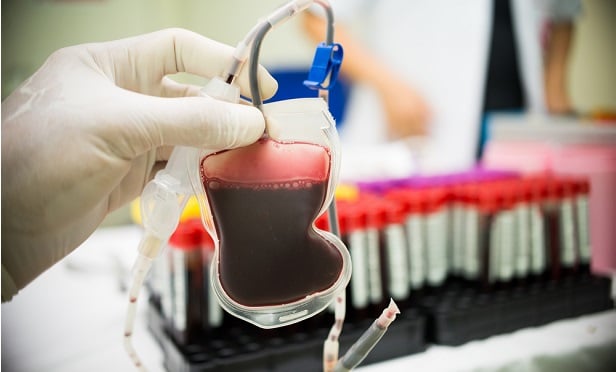 Scientists have been running controlled anti-aging and rejuvenation tests for a century—but on rodents, not people. (Photo: Shutterstock)
Scientists have been running controlled anti-aging and rejuvenation tests for a century—but on rodents, not people. (Photo: Shutterstock)
In 2016, a tiny startup announced an experiment that seemed equal parts medieval sorcery and science fiction: It would inject older people with the blood plasma of young donors in a bid to slow aging.
For three years, Ambrosia Chief Executive Officer Jesse Karmazin charged patients $8,000 to infuse one liter of plasma as part of an unorthodox, crowd-funded clinical trial. Karmazin promised extraordinary results—going so far as to proclaim in media interviews that his treatment “comes pretty close” to immortality.
Related: Theranos' wild ride comes to an end
Continue Reading for Free
Register and gain access to:
- Breaking benefits news and analysis, on-site and via our newsletters and custom alerts
- Educational webcasts, white papers, and ebooks from industry thought leaders
- Critical converage of the property casualty insurance and financial advisory markets on our other ALM sites, PropertyCasualty360 and ThinkAdvisor
Already have an account? Sign In Now
© 2024 ALM Global, LLC, All Rights Reserved. Request academic re-use from www.copyright.com. All other uses, submit a request to [email protected]. For more information visit Asset & Logo Licensing.








